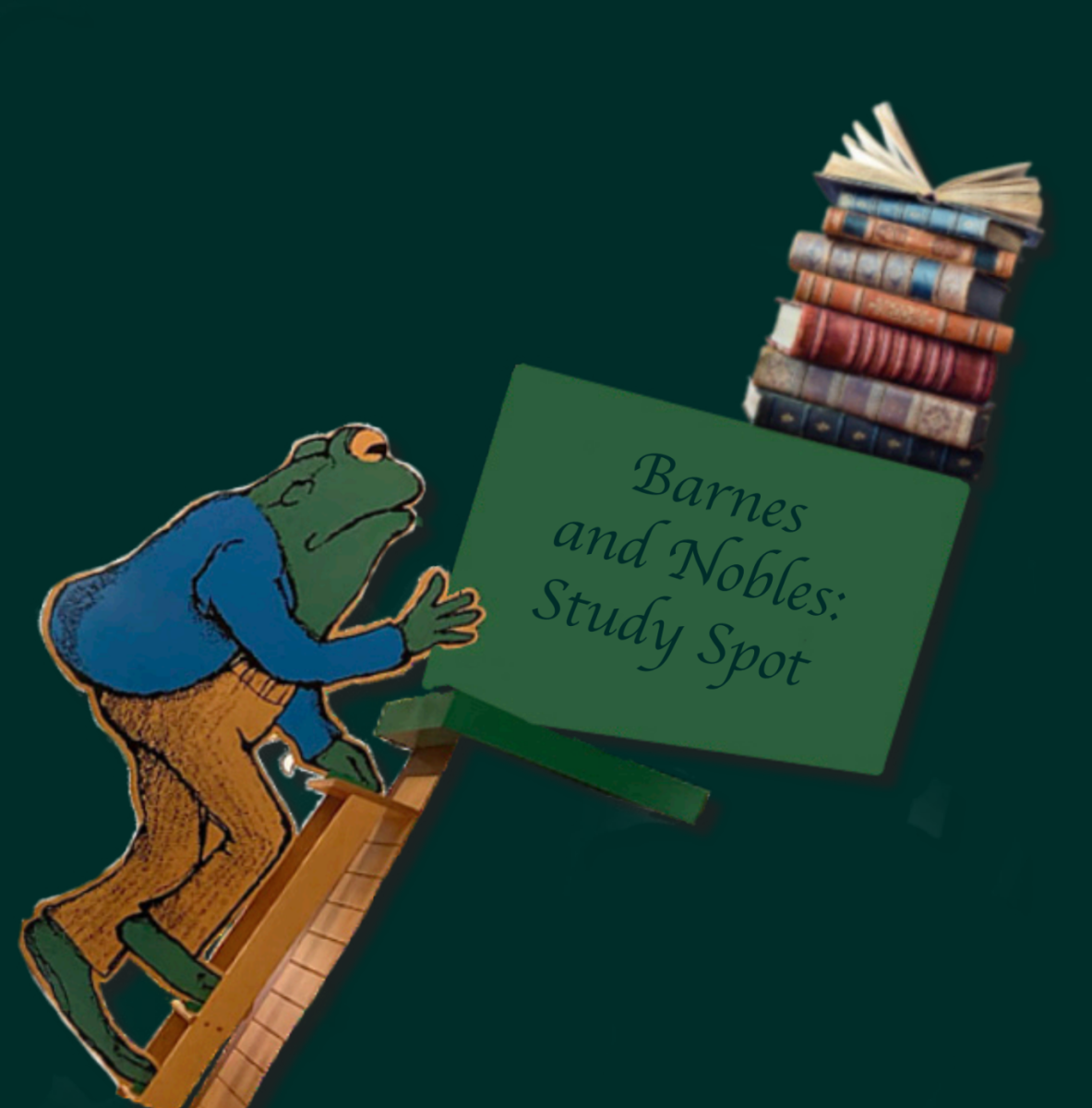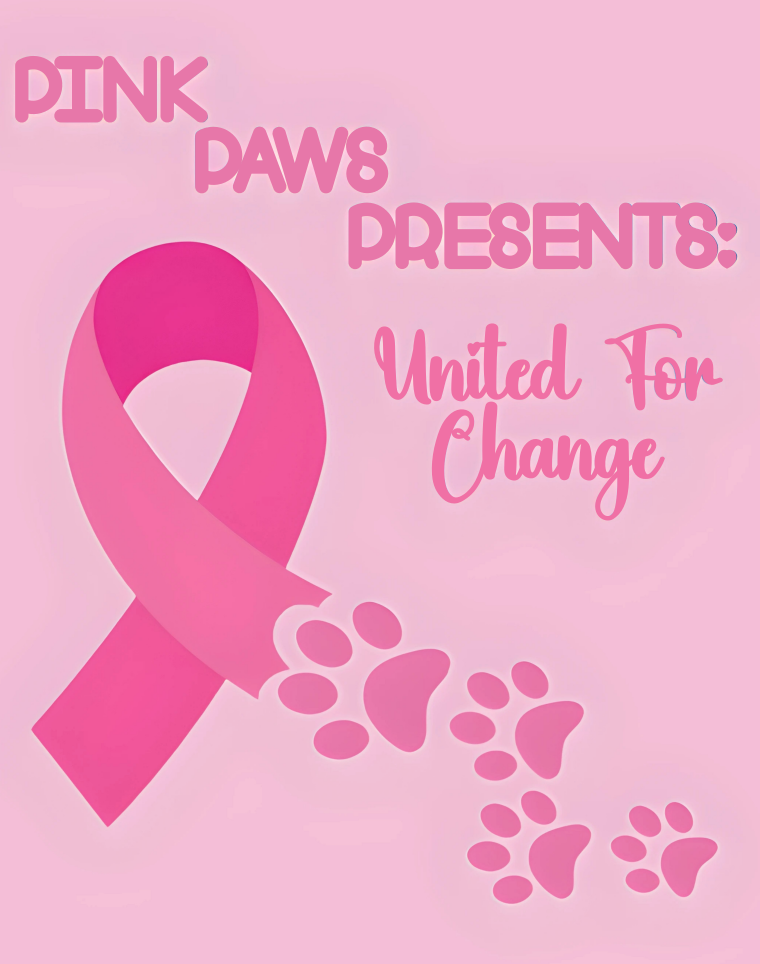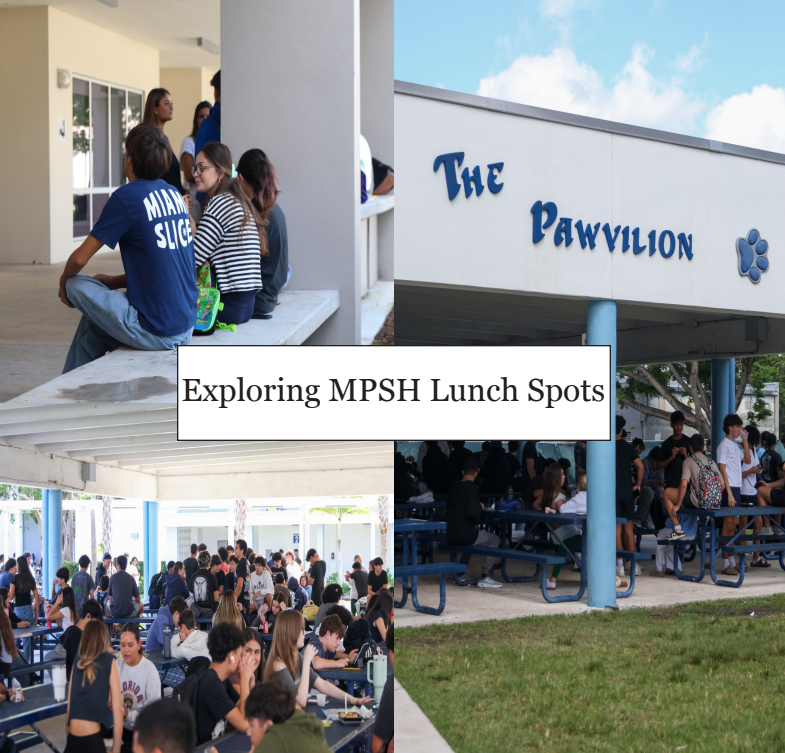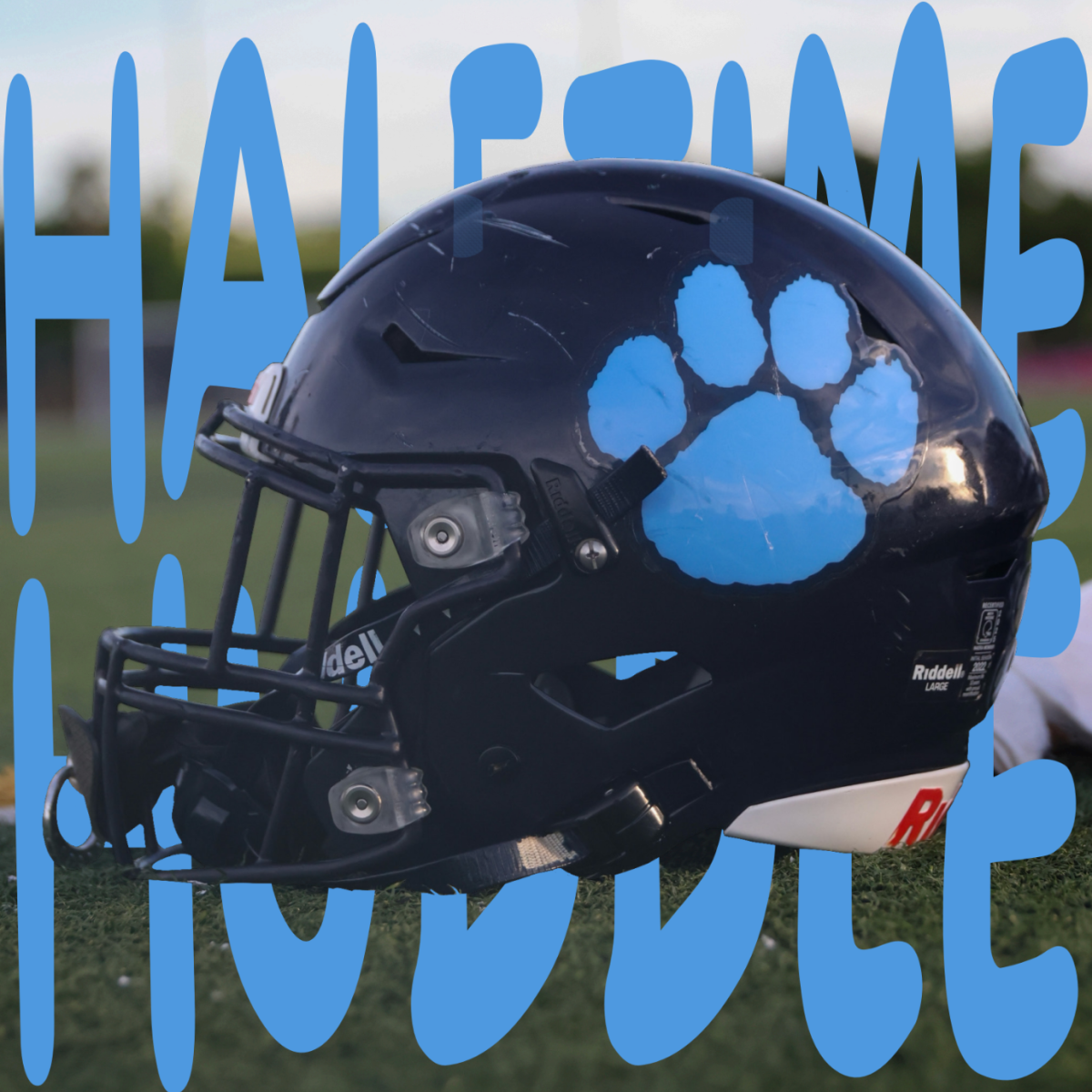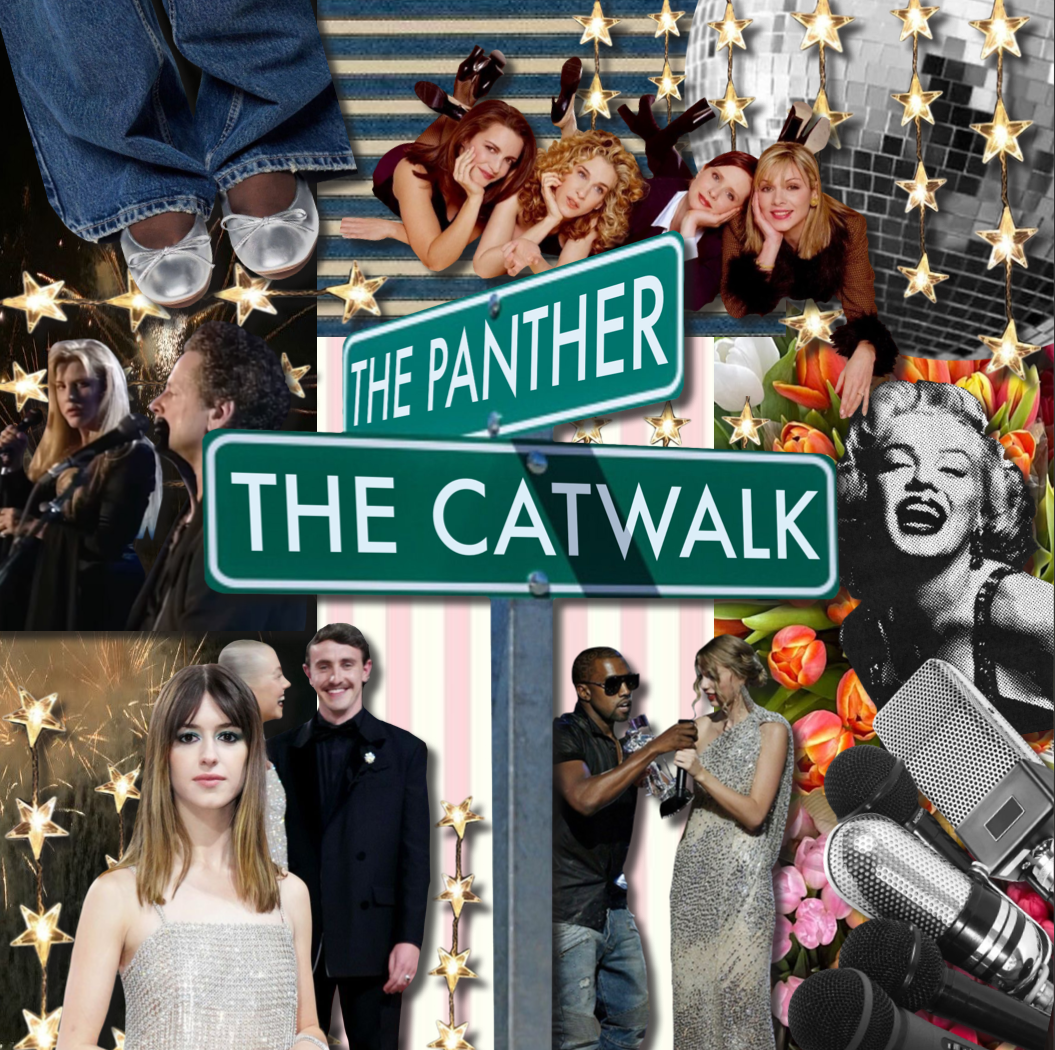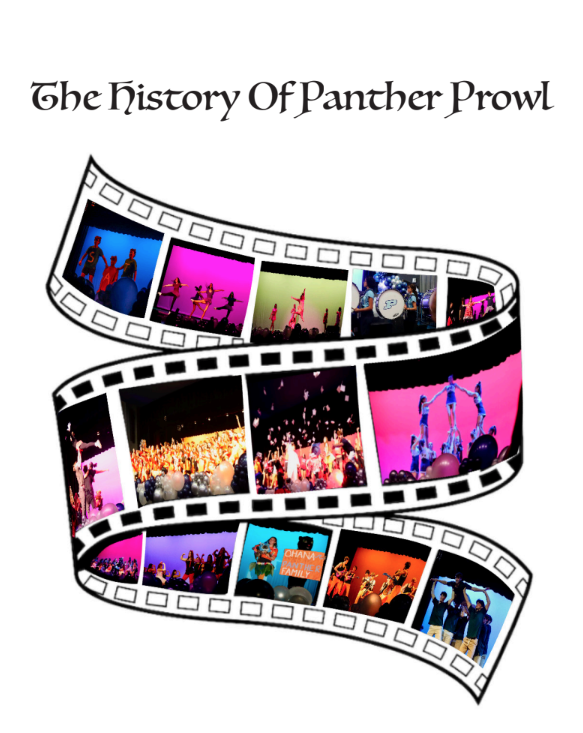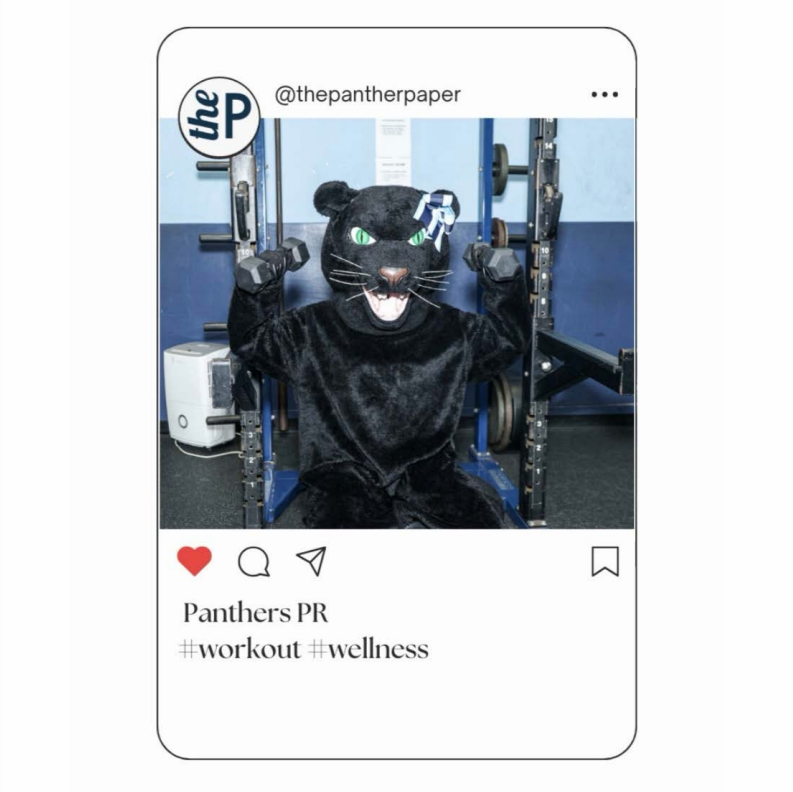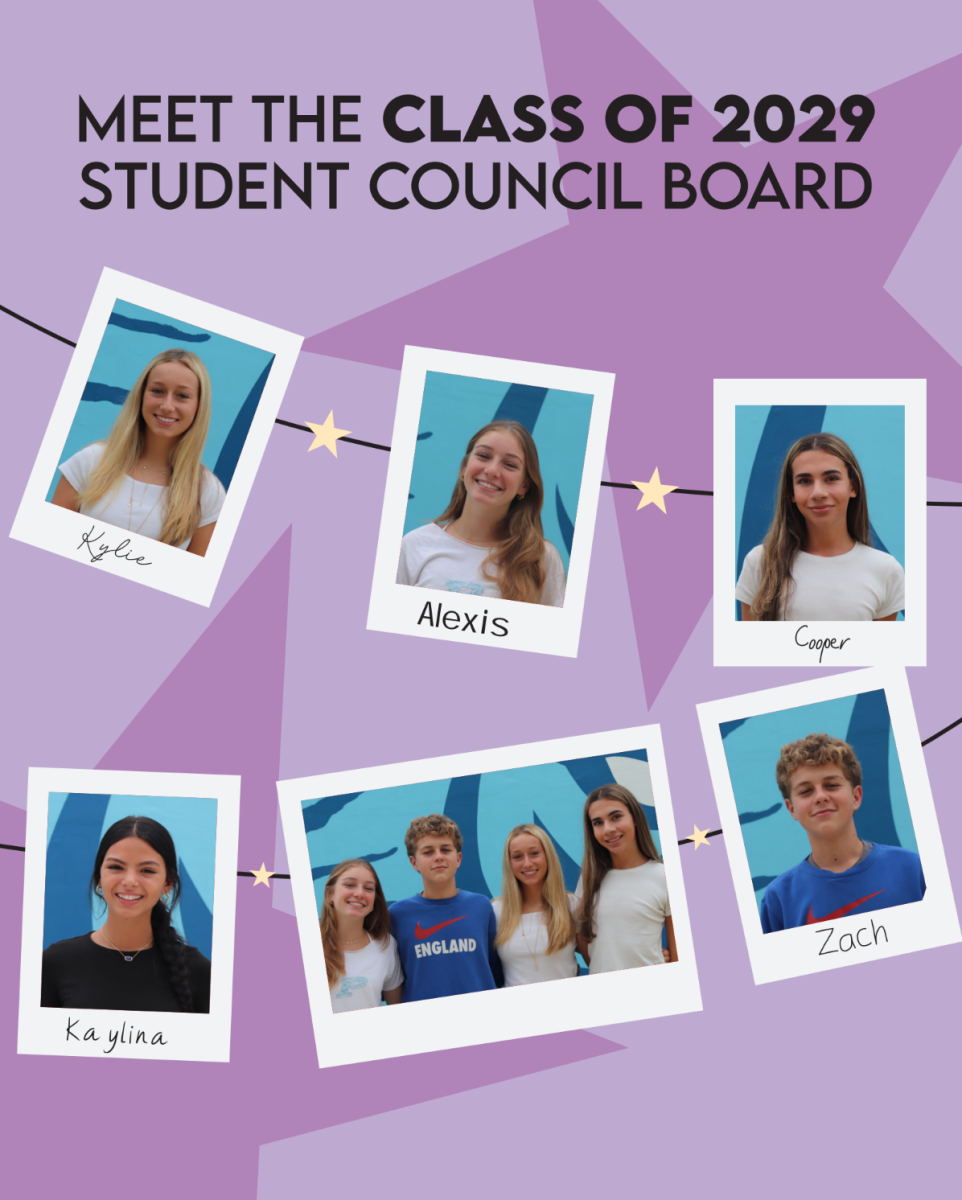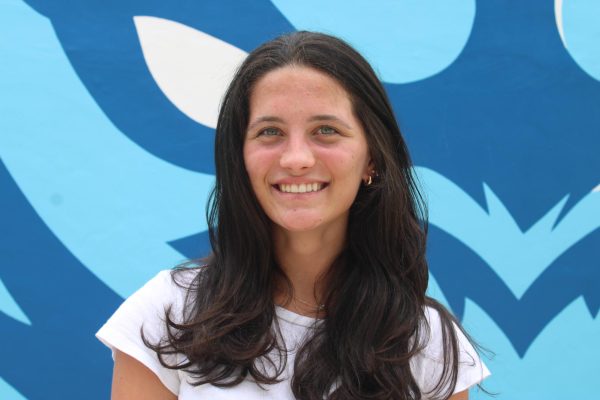What is the main difference between equality and equity? Through Temple Beth Am’s social justice program, Miami Palmetto Senior High’s Jewish junior students can now tell you the answer.
“In this teen fellowship, we focus in and learn on certain topics such as gun violence, food insecurity and homelessness,” junior and Social Justice member Sasha Crabill said.
The cohort learned the distinction between those who lack resources and adequate treatment from experience. From aiding underserved communities to going to a pride parade and ending their educational journey with a community service trip to Guatemala, the social justice teens saw and learned about the various experiences minority communities face.
The group of around a dozen high school juniors from Pinecrest, Florida left on May 23 with supervisors from the temple and headed straight for Central America. Bags packed with scrubs, gloves, headlights and snacks, they awaited the four-day adventure in Comalapa, Guatemala. Right off the bat, the group was taught how to adapt to an environment entirely different than one experienced in Miami, Florida.
“The water there isn’t even safe to drink, so we have to drink ‘Aqua Pura’ and it’s just pure, pure water that’s filtered and it comes out of these tubs,” junior Benjamin Jones said.
While the focal part of the trip was to help build an eco-friendly school in the small, underdeveloped town of Comalapa that had a particularly large trash problem, the group was introduced to a new experience every day during their travels.
Day One:
Once landed after a three-hour flight, Social Justice took a walking tour around Comalapa, getting a feel of the local culture.
“Every female is kind of in the same outfit. It’s this really colorful dress, and they walk around with this stuff balanced on their heads and they have stuff in their arms. It’s just really cool how they can bounce the stuff on their heads. And there’s just stores everywhere,” Crabill said. “People on motorcycles, bikes, just walking around, very social, very nice. They all say hello every time you walk by.”
They strolled the area, admiring the architecture of the local churches and the mannerisms of the people. Jones and Crabill both noted the fun-filled atmosphere among the village youth through recreational sports games in the center of town.
Day 2:
On the second day, the group got to explore deeper into the city, heading to the market where they saw handmade crafts and traditional Guatemalan cuisine. After that, a precious cultural exchange began. The teen fellows went to the local school and played with the kids during their recess.
“We played basketball with them [and] soccer it was really wholesome. It was really cute. They were really happy,” Crabill said.
Next up on the itinerary was to begin the community service aspect of the trip. The group was to work on the 19-building of the town’s school, made entirely of trash. The project has been in the works for years, supervised under an organization called Long Way Home and the school continues to expand each year.
Working on the science building, the teen fellows worked five hours that day painting poles for the structure that will open within the next year.
“So we all kind of split up into groups and made our own paint. It was really hot outside painting. But in the end, they ended up turning out really good. We finished it,” Crabill said.
After a long day of fun and hard work, they ended their night with a special dinner and Shabbat in their hotel.
Day 3:
The next day centered around further construction. Suited up in their previously packed scrubs and work shoes, the teen fellows spent eight hours building walls and foundations for the school.
“We made these walls for a garden out of recycled models and trash that was put inside of the bottles and that’s called the Eco Brick. And then we used a combination, like dirt and sands, and it kind of looks like mud and you put it together and [when] it hardens makes this foundation for a garden,” Jones said.
These Eco Bricks, along with cob, were laid on top of one another to create walls, stacked until there were around seven layers built.
“We weren’t there to see it dry but by the time it dries like sure it’s like this beautiful wall, they’re gonna paint it, it’ll be really cute,” Crabill said. “And it was a lot of work, but definitely worth it.”
Following a long day of work, the teen fellows had the chance to learn more about the history of Comapala and Guatemala.
“There’s this huge mural and it just explains the story of Comalapa and Guatemala goes like two streets long, completely painted. It’s beautiful,” Crabill said. “Then we went to this artist’s house. He’s very famous, all of his art is just like works of Comapala. It’s very colorful, very pretty.”
Day 4:
On their last full day in Guatemala, the Social Justice group put down their shovels and delved deeper into the country’s scenery.
“We drove to Antigua, which is a lot nicer of a place. We went to the town square where there was a market we walked around and went to this jade factory where we all bought jewelry … We learned how it was made and how they mined it and the different types of jade,” Crabill said.
In ancient times, jade was deemed a symbolic stone among the Olmec and Mayan civilizations that once lived in the regions of Guatemala. It was a status of wealth and riches and was common in important rituals. As learned by the day spent in the jade factory, the Guatemalan people still acknowledge the stone in this context.
The group finally ended their stay with a special hike to remember.
“We drove to Gaia, which is a volcano and we hiked it. It was about an hour and a half up. We stayed up there for a good amount, we roasted marshmallows and kind of made s’mores up there on the volcano and then another hour down. It was beautiful,” Crabill said.
After four fun-filled days with long hours in the sun, Social Justice made their way back to Miami International Airport with new insights and perspectives gained.




